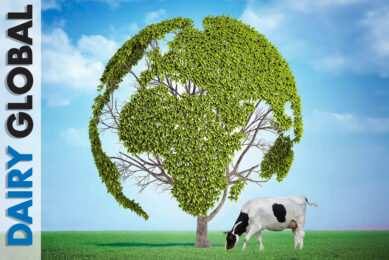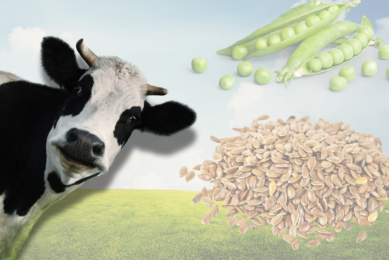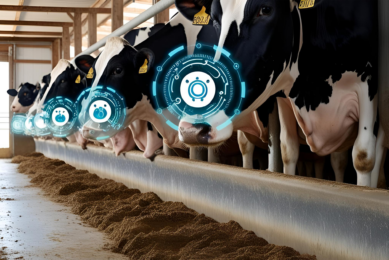Nestlé’s first net-zero carbon emissions dairy farm
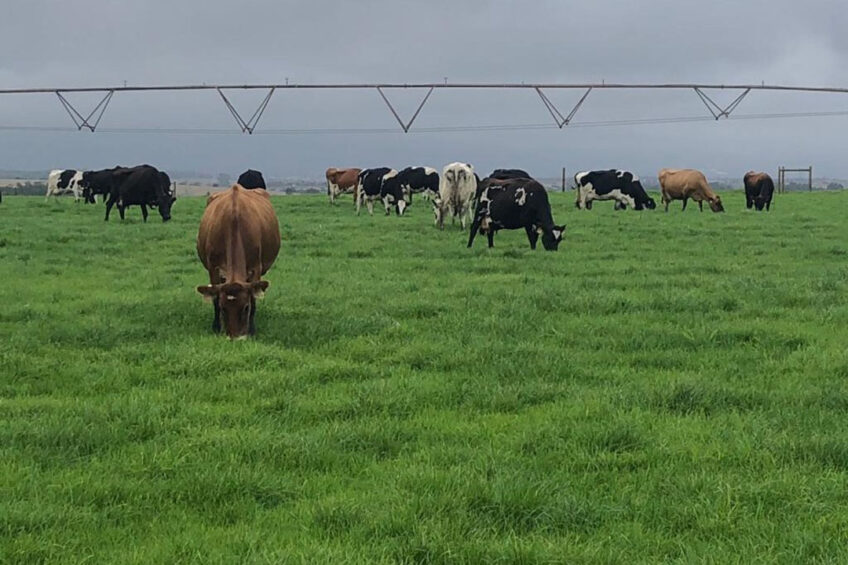
The Skimmelkrans Dairy Farm in George in South Africa’s Western Cape province is Nestlé’s first dairy farm earmarked to reach net-zero carbon emissions in 2023.
The farm has set itself apart through prudent soil work, water conservation, feed management and manure processing. The 4 pillars of regenerative agriculture, namely soil, water, biodiversity, and livestock, are integral.
The dairy farm, owned by the 4th generation Kuyler family and taken care of by 30 staff, has produced milk for Nestlé in South Africa over an uninterrupted period of 60 years. The farm operates in a biodiverse ecosystem, from releasing manure into the soil to growing their own animal feed.
Dairy Global spoke to Hoven Meyer, Agricultural Services Group Manager at Nestlé East and Southern Africa Region, to learn more about the farm’s net-zero plans. “While there are many ways to create more sustainable operations for dairy farms, Skimmelkrans sets itself apart through the soil work, water conservation, feed management and manure processing, where some of the biggest reductions of greenhouse gases occur,” said Meyer.
1,000 cows, 20,000 litres of milk
The past predominant animal breed was Friesland Holsteins, but the Jersey breed was introduced due to an increased need for higher milk solids by Nestlé. The current 1,000 head herd, made up of 80% Jersey dairy cows and 20% Friesland Holstein cows, produces an average of 20,000 litres of milk per day, or 20 litres per cow.
The baseline analysed carbon footprint of the farm for 2019 was 1.1kg CO2e/kg of fat protein corrected milk. The farm’s carbon reduction intervention programme has been calculated over 3 years to reach net-zero carbon emission status.
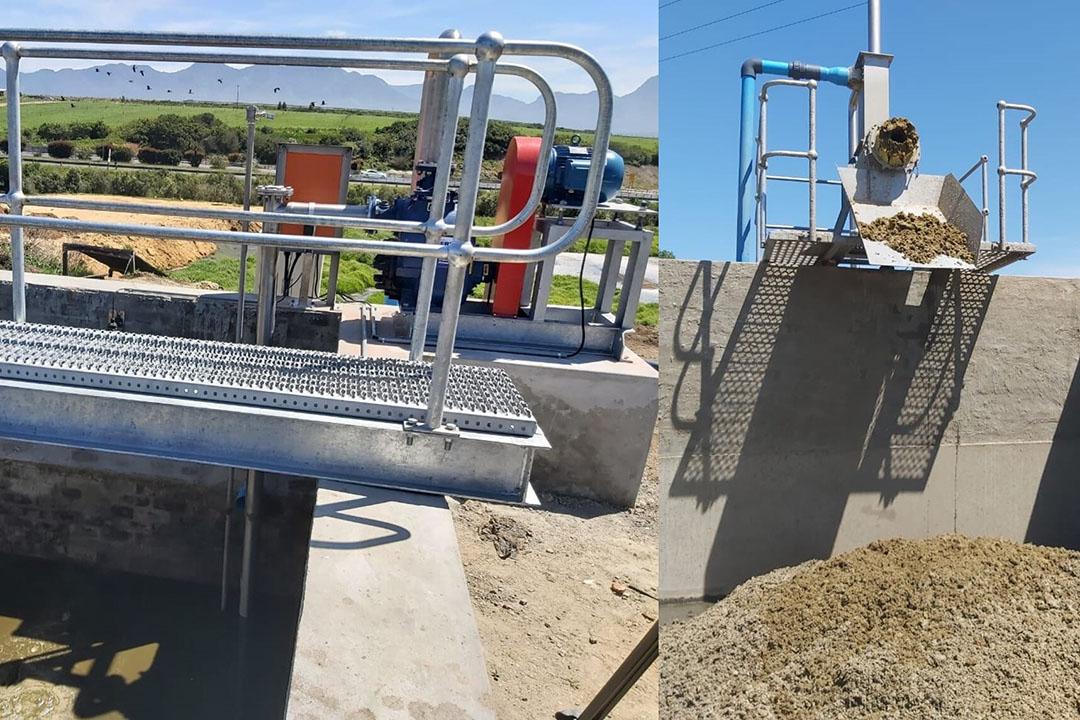
South Africa’s advanced pasture-based dairy sector
Nestlé works in some 187 countries worldwide. So why was South Africa chosen for this project? “South Africa has a very advanced pasture-based dairy sector and was thus chosen to roll out the first net-zero carbon emissions dairy farm in the group. Other net-zero projects followed in other countries where Nestlé has a fresh milk/farmer footprint,” Meyer says.
“We have seen an 11% increase in milk production per cow, achieved a 40% reduction in energy by using solar and a 45% increase in active carbon in the soil.”
“We have worked very hard to ensure that the Skimmelkrans project is not only successful in achieving net-zero carbon emissions but becomes a model that farms operated by Nestlé can effectively implement. In just over a year, we are beginning to see some positive results through this project: we have seen an 11% increase in milk production per cow, achieved a 40% reduction in energy by using solar and a 45% increase in active carbon in the soil,” said Meyer. He notes that the increase in milk production has been driven by high protein, multi-specie pastures with a proper pasture management system.
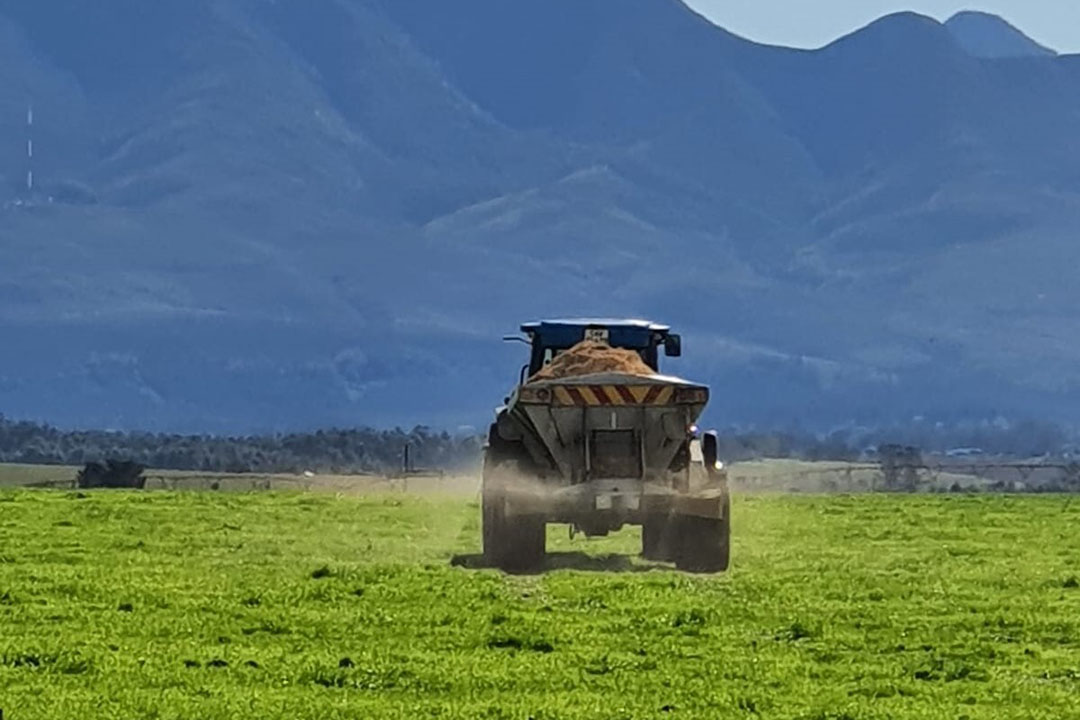
Meyer breaks down the farm’s strategies in tackling emissions to get to net-zero and discusses soil, water, pasture/feed, manure, renewable energy and enteric fermentation.
– Soil: Full farm soil analysis has been done on the full platform of 600ha to determine the baseline of the footprint on all different components. From soil analysis, a complete soil correction programme has been calculated with the assistance of specialists on exactly how to correct the soil status. The different interventions include pH correction (lime/gypsum), using organic fertiliser (chicken litter), lowering chemical fertilisers and addressing all soil micro deficiencies to improve soil health. Full farm soil analysis will be done annually to determine the improvement and new intervention areas.
– Water: The entire irrigation system of the farm is linked to a computerised soil moisture reading system where soil moisture is logged hourly at different root depths, resulting in maximum water savings on the farm. This system has already proved a 15% water saving on pastures per year.
– Pastures/Feed: The establishment of the perennial pastures (ryegrass, clover, plantain and alfalfa) has been very supportive in minimum tillage practices on the farm. The pasture-based farm currently consists of a 600-hectare dairy platform – 400 hectares are under centre pivot irrigation, and 200 hectares of dryland is used for feed production. The model provides 80% feed on the farm with 20% bought-in feed concentrate.
– Manure: The existing manure pond system was changed to an agitator dam with a manure press. During milking, cow manure from the dairy parlour is collected and separated into liquids and solids using a manure press. The liquids are directly irrigated onto the pastures, while the solids are taken to lower fertile farmland and released as compost. In addition, the farm has used about 4,000 tons of chicken manure as organic fertiliser – replacing some chemical fertiliser with a high carbon footprint.
– Renewable energy: A solar plant has been installed to lower conventional electricity usage, and the farm has already achieved a 40% drop in conventional energy use. The surplus solar energy produced during the day is fed into the municipal grid system.
– Enteric fermentation / Methane production: Trials in collaboration with Research Farm & Academia are underway on the farm to evaluate feed additives/components with a lower methane impact.
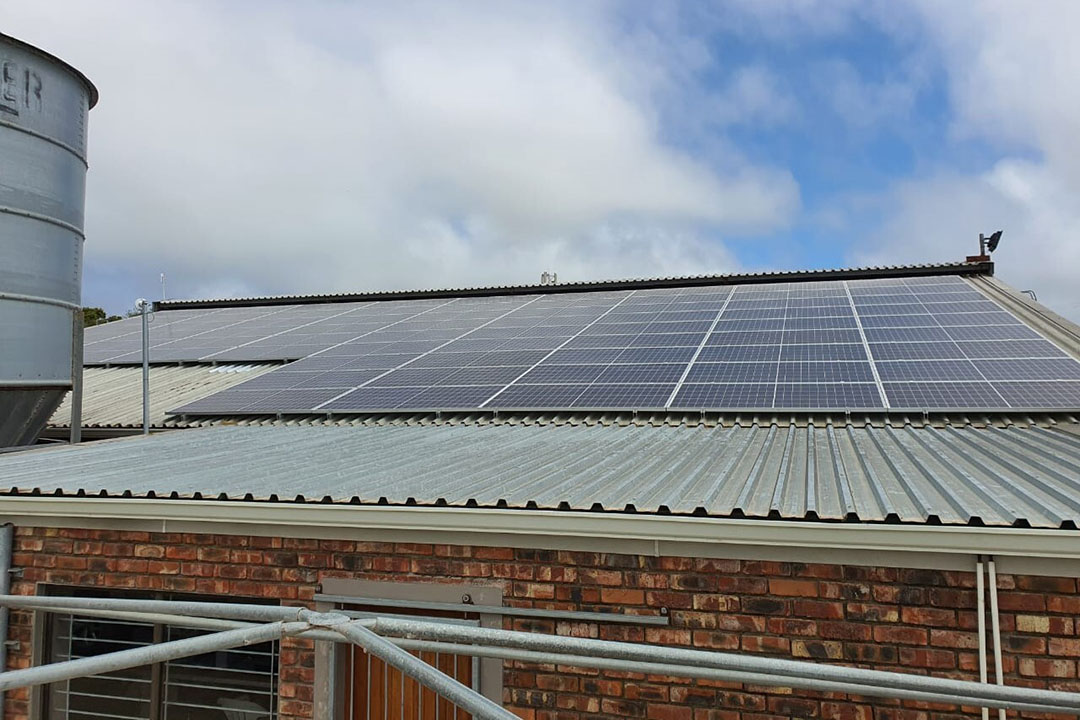
Biodiversity is a priority
Other environmentally-friendly operations on the farm include owl-housing and bat-housing. In addition, waterways are cleared of alien vegetation, which is even repurposed (black wattle is chipped and fed to cows due to its high protein contents). All interventions on the net-zero farm will be rolled out to all Nestlé farms in its milk sourcing districts onwards.
Join 13,000+ subscribers
Subscribe to our newsletter to stay updated about all the need-to-know content in the dairy sector, two times a week.



